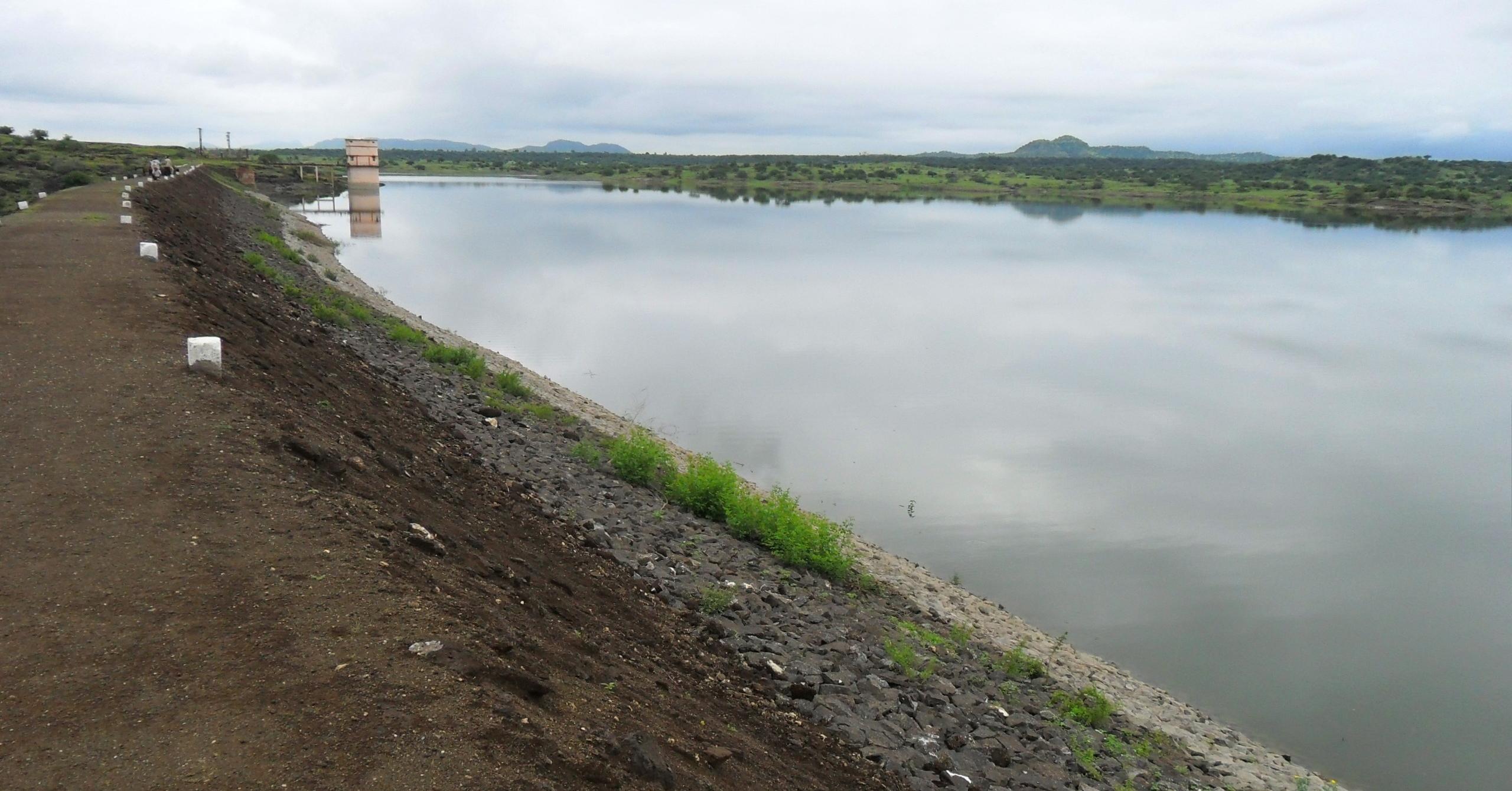Are you curious to know what is tank irrigation? You have come to the right place as I am going to tell you everything about tank irrigation in a very simple explanation. Without further discussion let’s begin to know what is tank irrigation?
In the realm of agriculture, water is a precious resource that determines the success of crops and the livelihoods of farming communities. Tank irrigation, also known as reservoir irrigation, has been a time-tested and vital technique for harnessing and distributing water to agricultural lands. In this blog, we will explore what tank irrigation is, how it works, its historical significance, and its relevance in modern agriculture.
What Is Tank Irrigation?
Tank irrigation is a traditional method of water storage and distribution for agriculture, primarily practiced in regions with seasonal variations in rainfall. It involves the construction of reservoirs or tanks to capture and store rainwater during the monsoon season, which is then used to irrigate crops during dry or non-monsoon periods. These reservoirs can range in size from small village tanks to large-scale dams.
Key Aspects Of Tank Irrigation
- Water Reservoirs: The core of tank irrigation systems is the construction of water reservoirs or tanks, which can be natural depressions or artificially created structures.
- Rainwater Harvesting: Tank irrigation relies on capturing rainwater during the monsoon season to replenish the reservoirs, ensuring a consistent water supply for agriculture.
- Canals and Distributaries: The stored water is channeled through canals and distributaries to reach farmlands, where it is used for crop irrigation.
- Community-Managed: Many tank irrigation systems are community-managed, with local farmers collectively overseeing the maintenance and equitable distribution of water.
Historical Significance
Tank irrigation has a rich history, dating back to ancient civilizations in regions like India and Sri Lanka. These reservoirs were often meticulously designed and played a pivotal role in supporting agriculture, sustaining communities, and enabling the growth of civilizations. The Anuradhapura Tank in Sri Lanka, for example, dates back to 380 BC and is a testament to the engineering prowess of early societies in harnessing water resources.
Relevance In Modern Agriculture
Despite the advancements in irrigation technologies, tank irrigation continues to be a relevant and sustainable method in modern agriculture. Here’s why:
- Conservation of Rainwater: Tank irrigation promotes the conservation of rainwater, reducing reliance on groundwater and surface water sources, which may be subject to over-extraction and depletion.
- Drought Mitigation: In regions prone to drought, tank irrigation helps mitigate the impact of water scarcity by ensuring a stored water reserve for agricultural use.
- Low Environmental Impact: Tank irrigation systems often have a lower environmental impact compared to large dams, which can lead to habitat disruption and the displacement of communities.
- Community Ownership: The community-based management of tank irrigation systems promotes collective responsibility and equitable distribution of water resources.
- Resilience: In the face of climate change, tank irrigation can enhance the resilience of farming communities by providing a reliable water source during erratic rainfall patterns.
You can collect more information on Getdailytech.
Challenges And Conservation
While tank irrigation is a valuable resource, it faces challenges such as siltation, inadequate maintenance, and changing land use patterns. Conservation efforts are essential to maintain and restore these systems. Modern technology can be integrated with traditional practices to enhance the efficiency of water distribution.
Conclusion
Tank irrigation is not just a method of crop irrigation; it’s a testament to the ingenuity of ancient civilizations and a sustainable approach to water management. In a world grappling with water scarcity and climate change, the value of harnessing rainwater for agriculture is as relevant today as it was centuries ago. The preservation and revitalization of tank irrigation systems play a crucial role in ensuring food security, water conservation, and the well-being of farming communities.
FAQ
What Is Meant By Tank Irrigation?
Tank irrigation, or reservoir irrigation, utilizes tanks and connected sluices and channels to direct water to the crops. This surface irrigation method can be used to grow crop like rice. Tank irrigation in Thailand is a newer method of irrigation as compared to peninsular India.
What Is Tank Irrigation For Class 10?
Tank irrigation involves building mud banks across tiny streams to create a mini reservoir that collects excess rainwater during the rainy season. Irrigation is the process of supplying water artificially, primarily for agricultural purposes.
What Is Tank Irrigation Class 8?
Tank is one source of irrigation where water is stored in artificially constructed reservoirs of any size. Features of tank irrigation: Tanks are part of ancient harvesting and preserving rainwater for use in agriculture, drinking and sometimes for rituals and bathing.
Where Is Tank Irrigation?
Tank irrigation is found more popularly in rocky plateau areas of the country especially in the plateau region of Southern India. The states in which they are practised mainly are Andhra Pradesh and Tamil Nadu. Andhra Pradesh has the largest number of tank irrigation.
I Have Covered All The Following Queries And Topics In The Above Article
What Is Tank Irrigation Used For
What Is Tank Irrigation System
What Is Tank Irrigation Pdf
What Is Tank Irrigation In India
What Is Tank Irrigation In Geography
What Is Tank Irrigation In Agriculture
What Is Tank Irrigation Class 4
What Is Tank Irrigation Class 10
What Is Tank Irrigation
What is meant by tank irrigation










